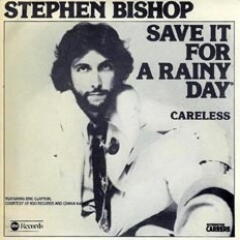

Is That All There Is?—Prospects for a Second Wave of LNG Exports
There were—and still are—reasons to be optimistic about the potential for U.S. LNG exports. Worldwide demand for LNG is rising, the U.S.
RBN’s Daily Energy Blog and Insights sharpen your energy IQ through fundamentals-based analysis that makes sense of North America’s energy market dynamics.


There were—and still are—reasons to be optimistic about the potential for U.S. LNG exports. Worldwide demand for LNG is rising, the U.S.
The combination of crashing crude prices and freight costs for long distance transport to refinery markets is tightening pressure on Bakken crude producer break-even economics.
The recent collapse in oil prices has thrown into question the future levels of crude, natural gas and NGL production in, among other places, the Permian Basin and the Eagle Ford.


With crude prices close to six year lows and the futures market pointing higher, a number of the larger commodities trading houses are buying and holding cheap crude in huge floating tankers for later sale.


Mexico probably has enough shale gas to meet its needs ‘til the vacas—or cows—come home. For technological, security and other reasons, though, it will take years for that now-trapped gas to be tapped on a large scale. In the meantime, Mexico is turning to U.S.


Many in the Northeast are digging out from what turned out to be a typical snowstorm – not a “Superstorm”. Thanks to worse crises in the past, however, a federal Northeast Home Heating Oil Reserve was set up in 2000 and--thanks to Superstorm Sandy--federal and New York gasoline strategic re
The NYMEX gas futures curve for 2015 was sitting right at $3.00/MMBtu yesterday (January 27, 2015) as colder weather has halted it’s recent slide.


An ugly combination of sagging overseas demand for liquefied natural gas (LNG), new LNG supply coming online in Asia and cheaper oil dragging down prices has taken some wind out of the sails of U.S. LNG export prospects.


On Friday (January 23, 2015) West Texas Intermediate (WTI) futures prices closed under $46/Bbl for the second time this year. RBN’s analysis of producer internal rates of return (IRRs) for typical oil wells indicates that Bakken IRRs have fallen from 39% in the fall of 2014 to just 1% today.


Since the start of 2015, crashing crude prices have opened up a new opportunity for traders to profit while producers bite their nails. In today’s oversupplied market, prices for prompt delivery are lower than they are for further out months – a market condition known as contango.